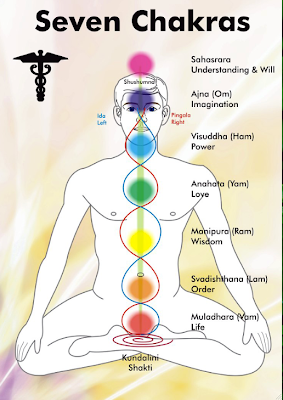 |
| The Temple of Solomon. |
It seems that Ur was a sophisticated city with a great temple or Ziggurat, so Sarah and Abraham may well have been similarly sophisticated religious people. Yet the images of them in the Bible are natural and simple, as they meet with angels under the great trees of Mamre and respond to this divine encounter by sharing a meal. The picture of Jacob's heavenly vision as he rests his head on a stone has a similar accessibility - as does the natural stone altar that he sets up to mark his spiritual awakening. When Moses sees God in the burning bush or within smoke and fire on the mountain top at Sinai, again the symbolism is wild and natural and yet out of it come sacred structures in the form of the ethical teachings of the 'Ten Words' and in the instructions for creating a tabernacle.
From the creation of the Tabernacle and Solomon's temple (the latter in around 950BCE) sacred ground is presented in quite a different way. It's no longer a wild and natural encounter, out of the blue so to speak. Instead there's a conscious consecrating of space. At its best this suggests a spiritual awareness that any ground can be recognised as sacred and the Tabernacle as a 'travelling sanctuary' underlines this. At worst a designated 'sacred space' suggests an exercise of power and control. With Solomon's temple, it's hard not to see this as mostly a display of wealth and authority, both in the large and costly structure of the building and in the ritual structures and priesthood that control people's access to the inspiration and forgiveness of God. All the elements that were present in the earlier divine encounter....the sacred trees, the pool, the shared meal...have now become set into symbolic objects...the sacred trees are now golden menorah candlesticks, the pool is now a basin for ritual washing, the shared meal is consecrated bread within the Holy Place where only the priests enter. For all its splendour, to me the Temple feels like a diminishment of the freedom and wild glory of God.
But Kabbalists delight in the symbolism of the Tabernacle and Temple. For them the outer and inner court and outer and inner sanctuary (or Holy Place and Most Holy Place) are representations of the Four Worlds and the different levels of consciousness they stand for. The outer court is the outer world of action, while the inner court is the inner world of the soul. The Holy Place with its priests symbolises the more spiritually aware levels of our being, while to enter the Holy of Holies is to enter into the presence of the Divine...something rarely achieved, as symbolised by the one day a year when only the High Priest can enter the Inner Sanctuary.
Some teachers think that prophecy ended in Biblical times but to me this makes no sense. The key it seems to me is not being a special person in a special time or place, but being spiritually awake to the natural self and place one already inhabits. Ezekial realised this after the destruction of the Temple, as he sat in exile on the banks of the River Cheber through his strange vision of God as a glowing person whose throne is carried by wild and impossible creatures. Perhaps if we are honest, we are all a little like that... Divine sparks carried by wild and impossible creatures!



















